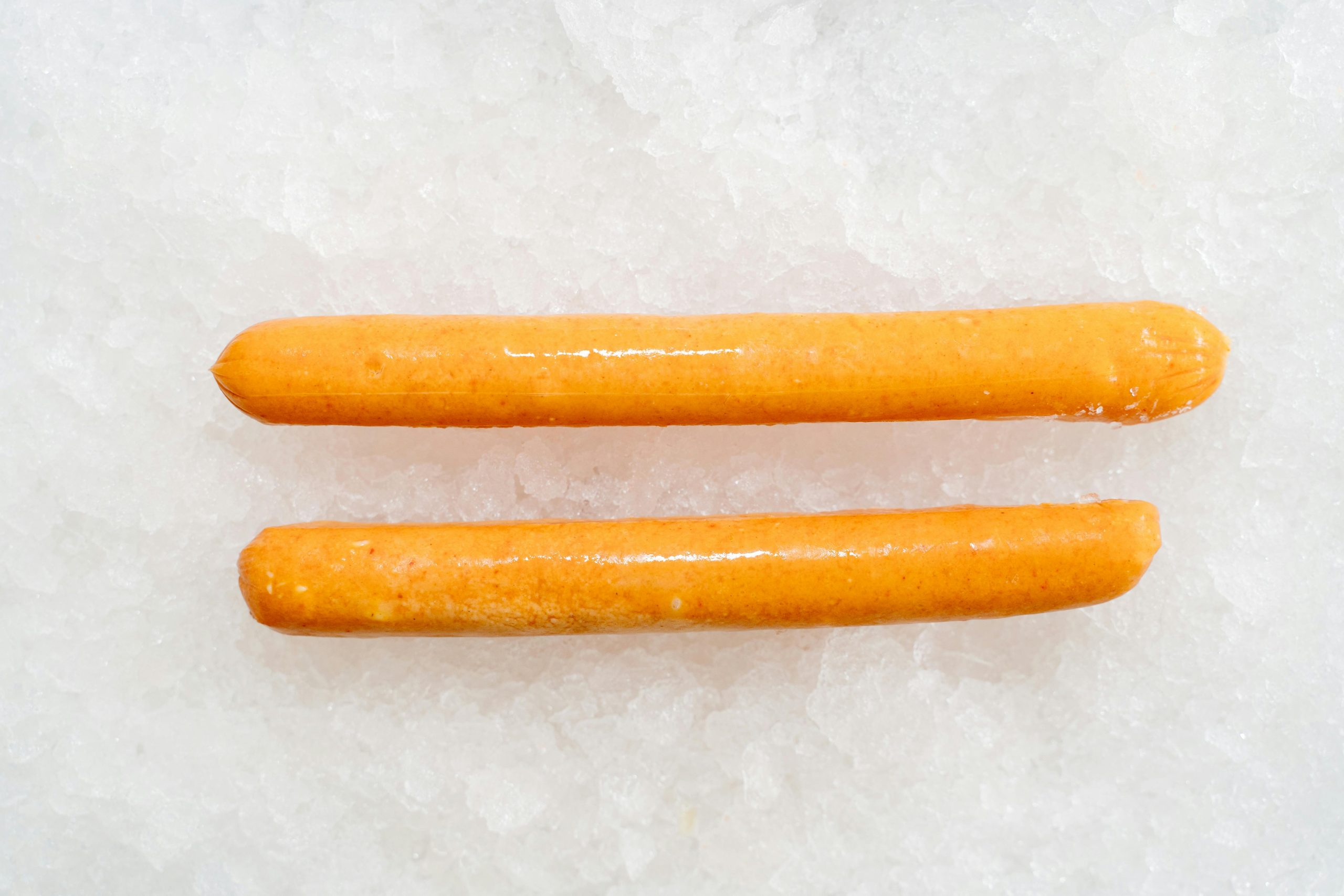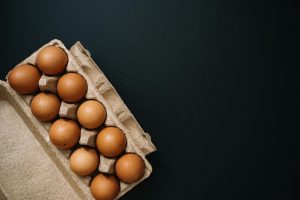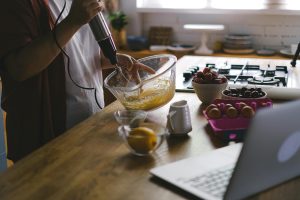Flower Power Proteins: Cooking with Edible Blooms as Main Courses
Flowers have long been treasured for their beauty and fragrance, but did you know they can also be a delicious addition to your meals? That’s right, edible blooms are gaining popularity in the culinary world as a unique and flavorful ingredient. In this article, we’ll explore the trend of incorporating flower power proteins into main courses. Get ready to discover a whole new way of cooking with flowers!
What are Edible Blooms?
Edible blooms, also known as culinary flowers, are flowers that can be consumed safely. Although not all flowers are edible, there are many types that add flavor, aroma, and visual appeal to dishes. These flowers are usually harvested in their prime, when their flavors are most vibrant. With a wide range of colors, textures, and flavors, edible blooms can be added to any meal to make it more interesting and delicious.
Benefits of Edible Blooms
Aside from their unique taste and appearance, edible blooms also offer many health benefits. These flowers are rich in antioxidants, essential vitamins, and minerals. They also provide anti-inflammatory and antibacterial properties, making them a great addition to a healthy diet. And let’s not forget, incorporating flowers into your meals is a great way to add variety and experiment with different flavors.
Which Flowers can be Eaten?
Not all flowers are safe to eat, so it’s important to do your research before adding them to your recipe. Some popular edible blooms include nasturtium, lavender, violets, rose, chamomile, and hibiscus. These flowers are not only safe to consume, but they also offer unique flavors that can elevate your dishes. It’s also worth mentioning that not all parts of a flower are edible. For example, the petals of the rose flower are safe to eat, but not the stem or leaves.
How to Use Edible Blooms in Main Courses
Now that we know which flowers are edible, the question is how can we incorporate them into main courses? The possibilities are endless, but here are a few ideas to get you started.
Salads and Appetizers
The simplest way to use edible blooms in main courses is by adding them to salads and appetizers. Nasturtiums, with their peppery taste, are perfect in salads. Simply toss them in with your other greens for a pop of color and flavor. Lavender can be added to dips or used as a garnish on top of crostini. Violets, with their sweet flavor, can be used in fruit salads or as toppings on bruschetta.
Savory Dishes
Edible blooms can also be added to savory dishes for a unique twist. For example, adding hibiscus petals to a marinade for chicken or pork will infuse the dish with a tangy, citrusy flavor. You can also use chamomile flowers in sauces for dishes like pasta or fish. And rose petals can be added to stews and curries for a subtle floral aroma. Be sure to taste as you go, as the flavors of edible blooms can be strong and overpowering if used in excess.
Desserts
Last but not least, edible blooms can be incorporated into desserts for a beautiful and tasty finish. Lavender, with its distinct floral taste, is perfect in baked goods like cookies and cakes. Rose petals can be candied and used as toppings on cakes or mixed into ice cream for a rosy flavor. And chamomile can be used to infuse milk or cream for a delicious custard or pudding.
Final Thoughts
Incorporating edible blooms into main courses is a fantastic way to add flavor and visual interest to your meals. However, it’s important to keep in mind that some people may be allergic to certain types of flowers, so it’s always best to inform your guests before cooking with edible blooms. With a little experimentation, you’ll discover just how versatile and delicious these flower power proteins can be. So next time you’re looking to add some pizzazz to your meal, consider cooking with edible blooms as main courses!











